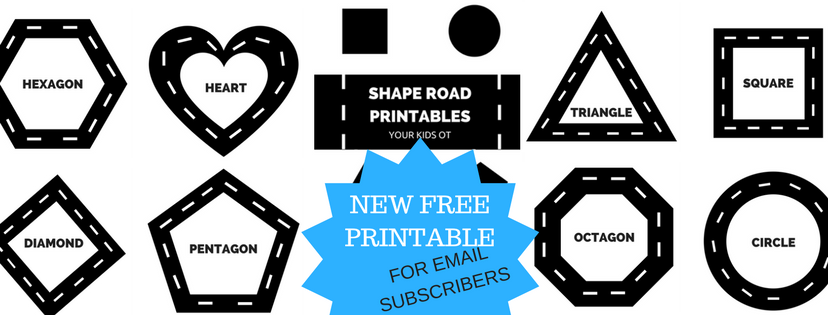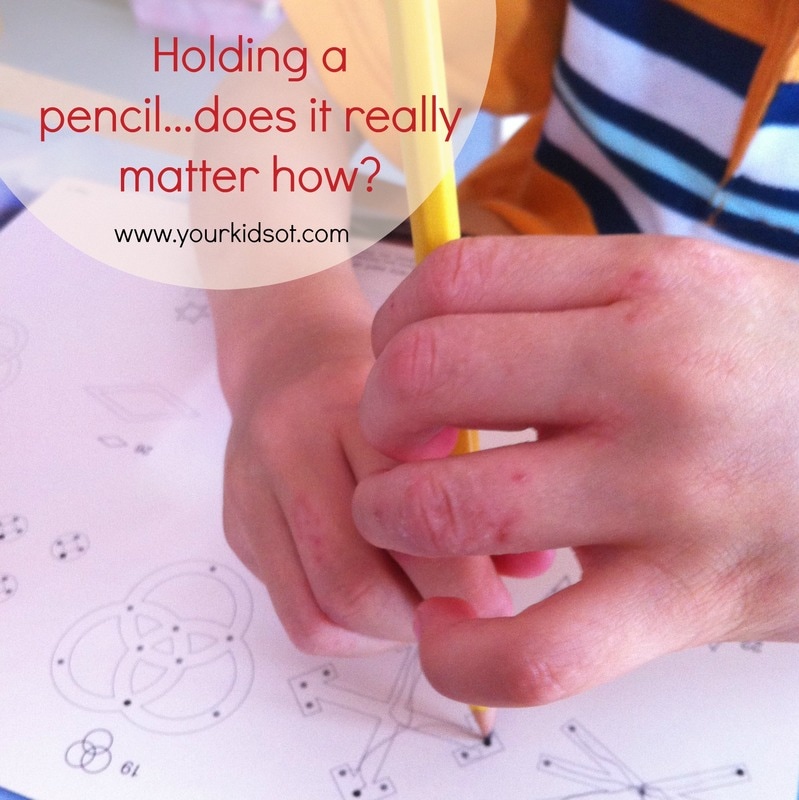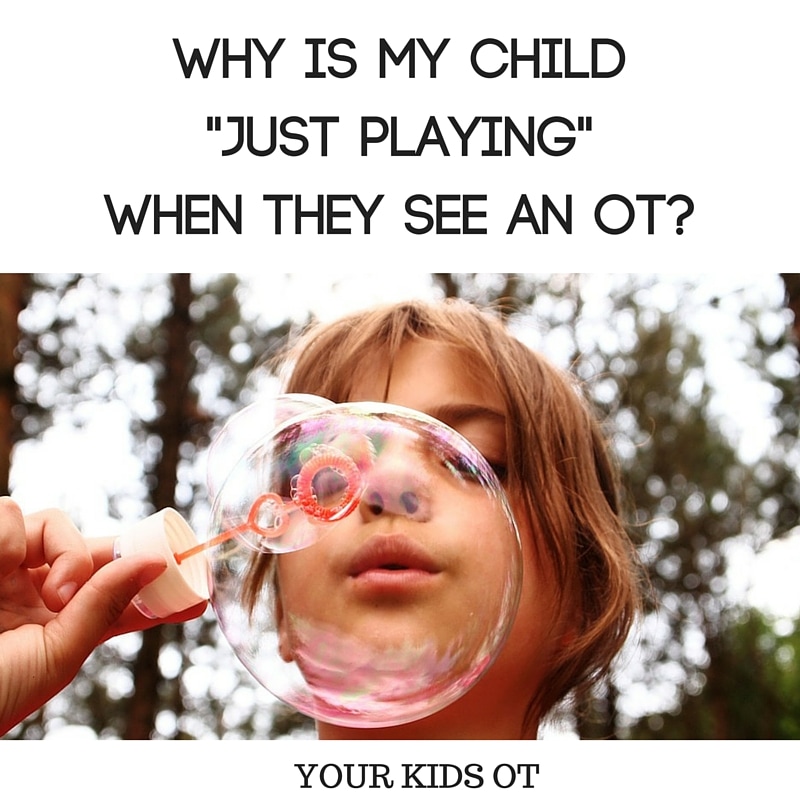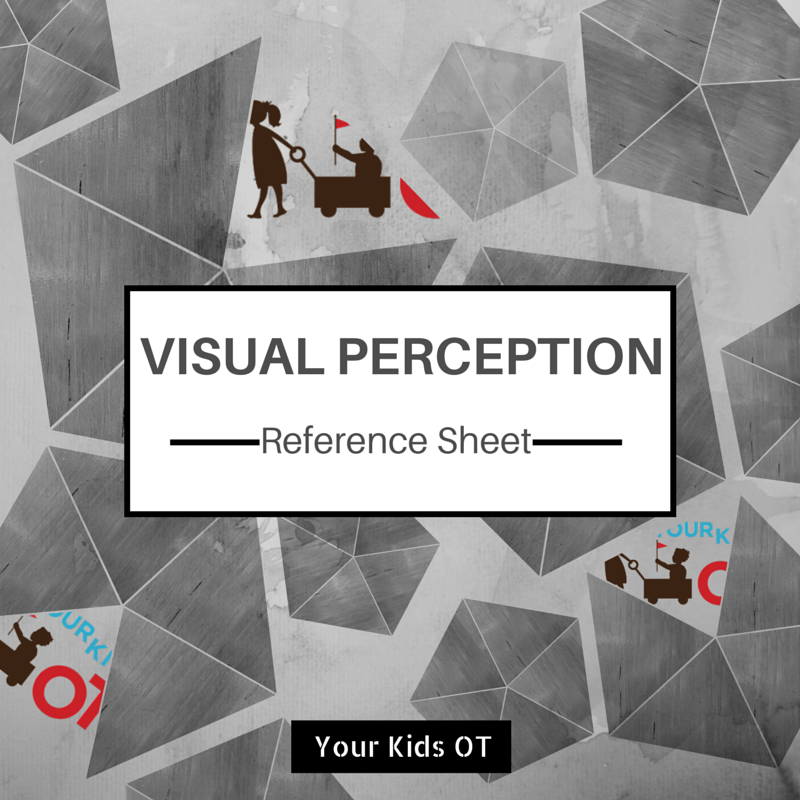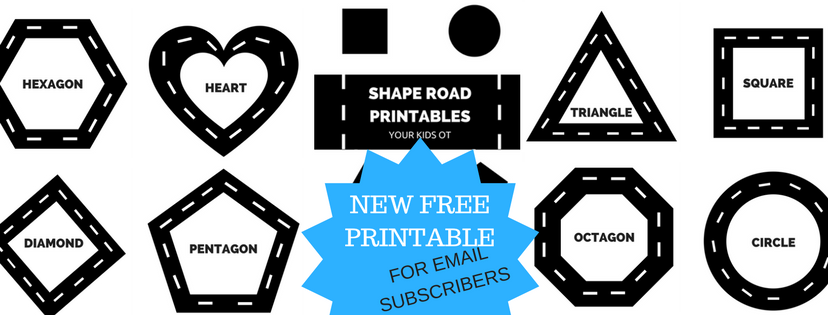|
Occupational Therapists work in a variety of settings. We see children in their home, a clinic setting, hospital or educational settings. We might work closely with medical staff, parents and educators. It can be confusing for people who have never met (or even heard of occupational therapists) to understand what we actually do! How do we differ from other professionals working with your child? You may also be wondering if an elderly relative who has had a stroke just saw an OT, how can we possibly help your child?!
To understand what we are looking for when we see your child for an assessment takes me back to university and the models of practise we studied. Depending on our training (from all over the world) we might take slightly different approaches. Having studied at Sydney University, the main theoretical model taught was the Occupational Performance Model (Australia) [OPM(A)]. Read more about the model here or for OTs interested in publications related to this model, find them here. But what does this mean when my child has an assessment??? This model of practice helps an OT to consider the whole child ... their roles, activities, where their performance may need help, areas of strength and the context they are in (family, cultural, social, etc). We may not consider every area in great detail depending on the reason for contacting us, however it gives us a framework to look at your child. Here is a typical scenario from my current OT practise to help you see what we consider when assessing your child . REASON FOR REFERRAL - A six year old child has difficulty with handwriting and producing legible work. The child is in year one at school and the teacher reports that they have difficulty paying attention in class and is constantly breaking pencils. ASSESSMENT PROCESS - Occupational Roles: OTs consider the child's role as a student and friend in the classroom. What is preventing them from participating fully in those roles? We would also consider any impact this has on the child as a "player", "self-carer" or "son/daughter". Occupational Performance Areas: Then we consider the areas of self-maintenance, rest, leisure/play and productivity/school occupations. Based on the referral, emphasis would be on school tasks (ie. productivity) - What school tasks and functions are they having difficulty completing? This might include writing activities, mathematics, sitting on the floor, listening to instructions, transitioning between tasks, completing work in a timely manner, etc. Occupational Performance Components: What components may need to be address that may explain underlying difficulties? * Biomechanical - This may include muscle tone, range of motion, strength, manipulation, joint stability, coordination, bilateral coordination, fine motor and gross motor skills. For this case study we may look at how the child holds the pencil, how they produce written work, how they move their hand/arm/shoulder, posture of head/body, what the written work looks like. * Sensory motor - This may include a child's under or over responsiveness to touch, movement, sight, sound, taste and smell as well as theirvisual perceptual skills and body awareness. For this case study we may consider how much pressure the child is applying to the pencil, do they have sensory seeking behaviour, what are they doing when they have difficulty paying attention, what is the classroom environment like ? * Cognitive - This may include perceiving, planning, sequencing, problem solving, understanding concepts, learning, short term/long term and working memory. For this case study we may consider the child's familiarity with the alphabet and letter formation, We may also consider how they structure sentences. * Intra personal - This may include self regulation, self esteem, inner drive and motivation to participate in activities. For this case study we may consider the child's behaviour and motivation in the classroom. Does this differ in different environments? What does the child find motivating? Do have difficulty controlling their emotions? * Inter personal - The ability to relate to other children and adults. This may include communication, following instructions, asking for help, taking turns and waiting. For this case study we may consider how the child relates in a 1:1 context compared with a classroom environment? Who are they seated near and what impact does that have on the child? What is their proximity to the teacher's desk from their own desk? OTs use a variety of standardised and non-standardised assessments as well as observations of your child in their natural environments. OT reports can be quite daunting for parents and teachers as we are looking at such a range of things for your child. I hope this article helps to explain the background behind your child's assessment and report. As OTs we may use a model like the Occupational Performance Model (Australia) with people throughout their lifespan. OTs work in aged care, mental health, rehabilitation, disability, return to work programs and increasingly diverse populations. They may also consider some of the same things we consider in your child to help them to maximise function and independence. If you would like your own copy of this application of the OPM (Australia), you can download your FREE copy here! Please redirect your friends, family and colleagues to this page so they can download their own copy as well! Has this article helped you to understand occupational therapy assessment? What model of practice underpins your work as an OT? Comments are closed.
|
AuthorHi, I'm Cindy and I am an Occupational Therapist. I enjoy working creatively with children to see them reach their potential. Read more about me here. SEARCH THIS SITE
Archives
June 2024
Categories
All
Popular Posts |
Join the YKOT e-newsletter!
Subscribe to get our latest content by email and receive
the SHAPE ROADS PRINTABLE NOW!

Success! Now check your email to confirm your subscription and receive your free printable!
Join our Mailing List!
Subscribe to get our latest content by email and receive
the SHAPE ROADS PRINTABLE NOW as a thankyou!

Success! Now check your email to confirm your subscription and receive your free printable!
Disclaimer: The information on this site is general in nature and should be used for educational and entertainment purposes. The activities are safe for most children, however, you should consult an Occupational Therapist or health professional to address specific movement, sensory or other medical conditions. This blog does not replace formal therapeutic professional advice given by a health professional or medical practitioner. Reviews and endorsements of products will only be made based on my expertise and personal opinion; and deemed worthy of such endorsement. The opinions shared in sponsored content will always be my own and not that of the advertising company or brand. Content, advertising space or posts will be clearly identified if paid, affiliated or sponsored. Affiliate links may be found throughout this website in advertising. This means that if you follow through with a purchase from these links, Your Kids OT will receive a percentage of the sale. Your Kids OT undertakes to meet the requirements of the "Social Media Policy" as published by Australian Health Practitioner Regulation Agency (AHPRA). Further information about this policy can be found here.
Find meFollow me |
About me
AuthorHi, I'm Cindy and I am an Occupational Therapist. I enjoy working creatively with children to see them reach their potential. Read more about me here. |
Copyright © 2017 Your Kid OT

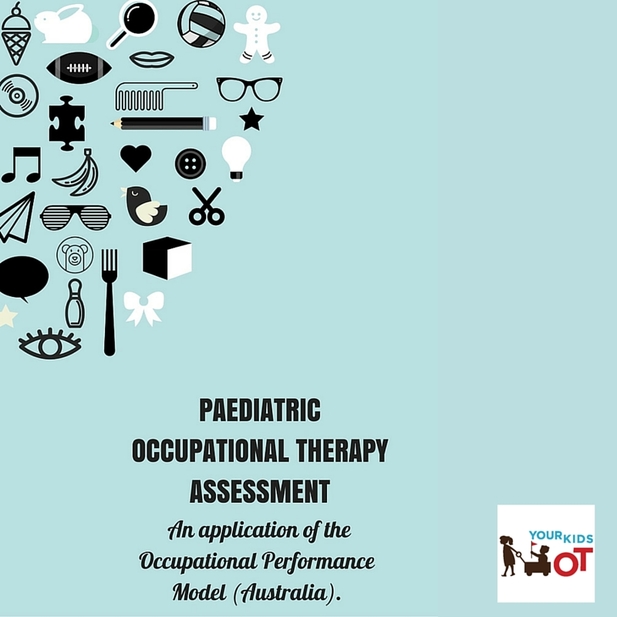

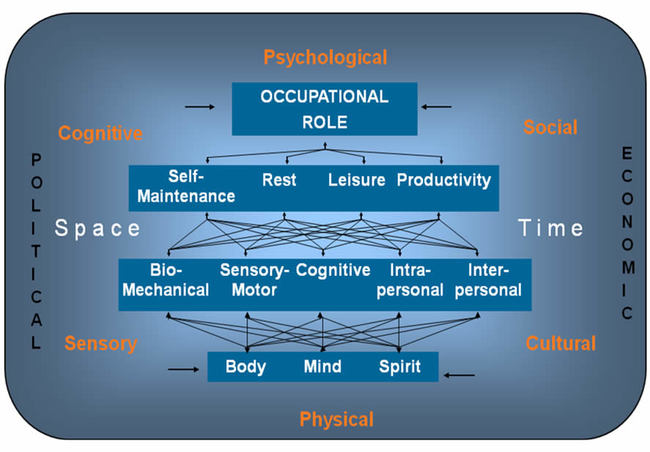
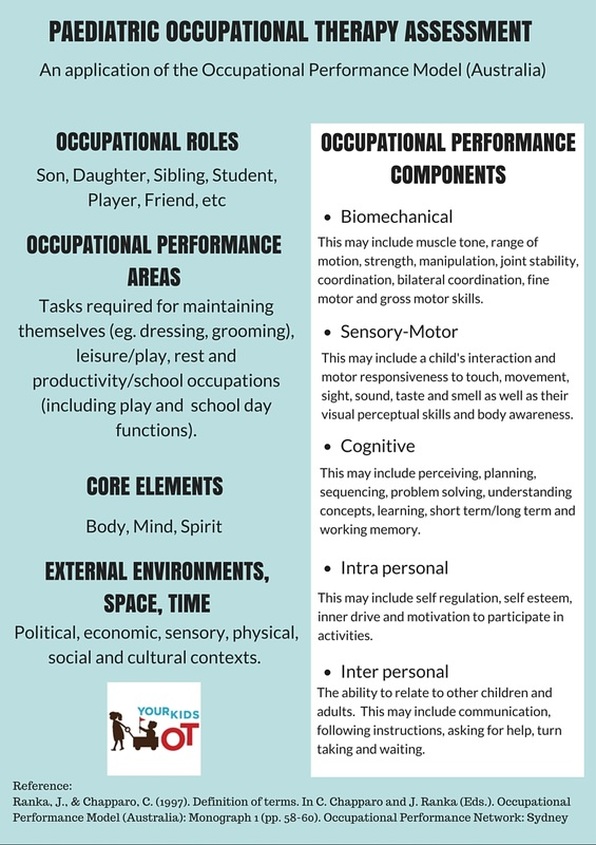
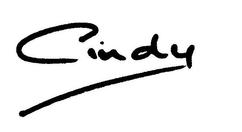
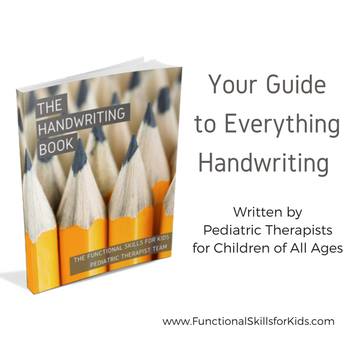
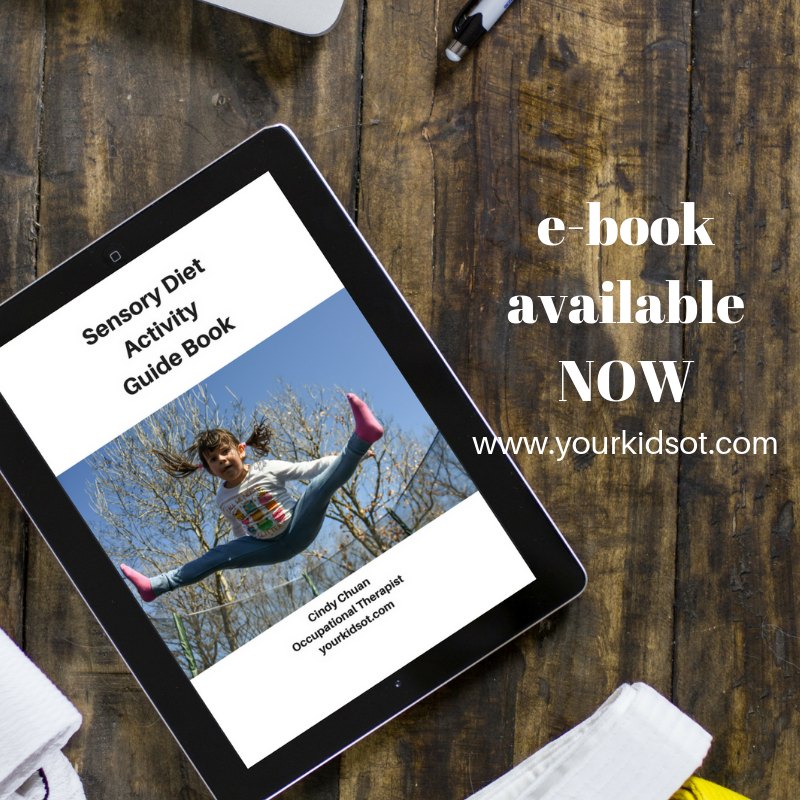
 RSS Feed
RSS Feed
